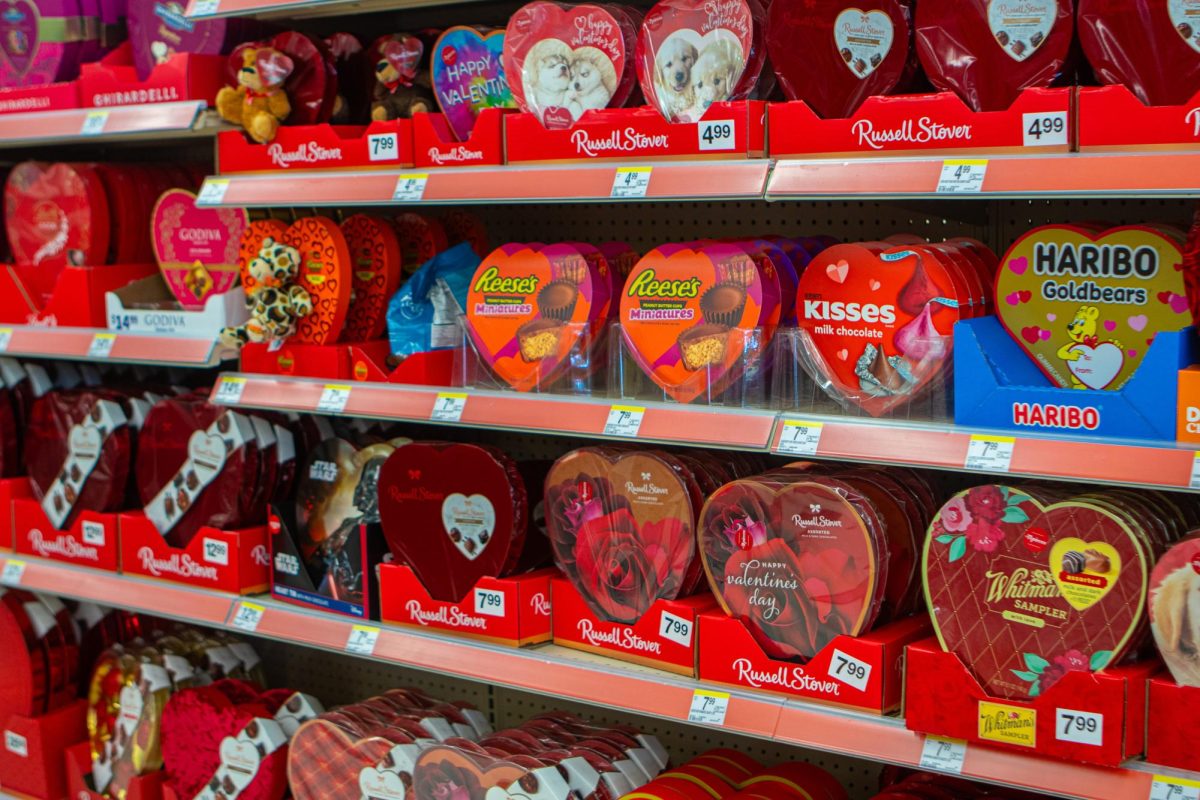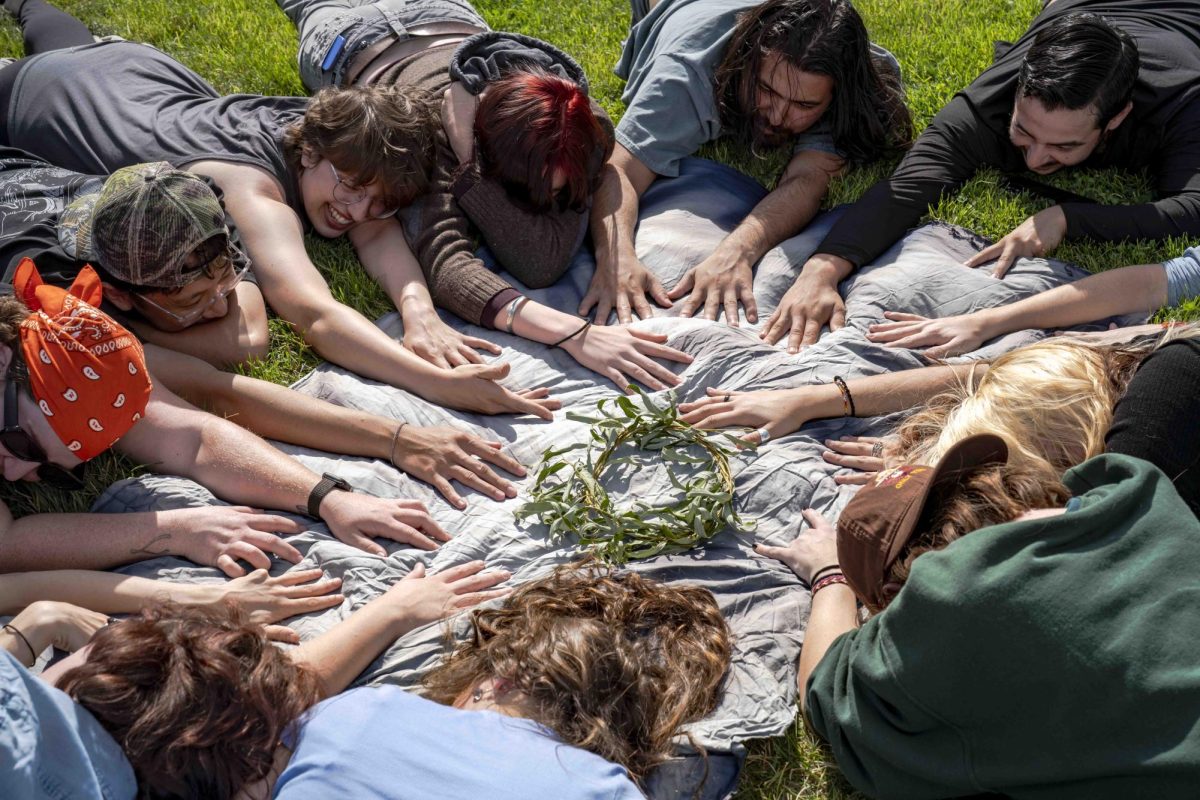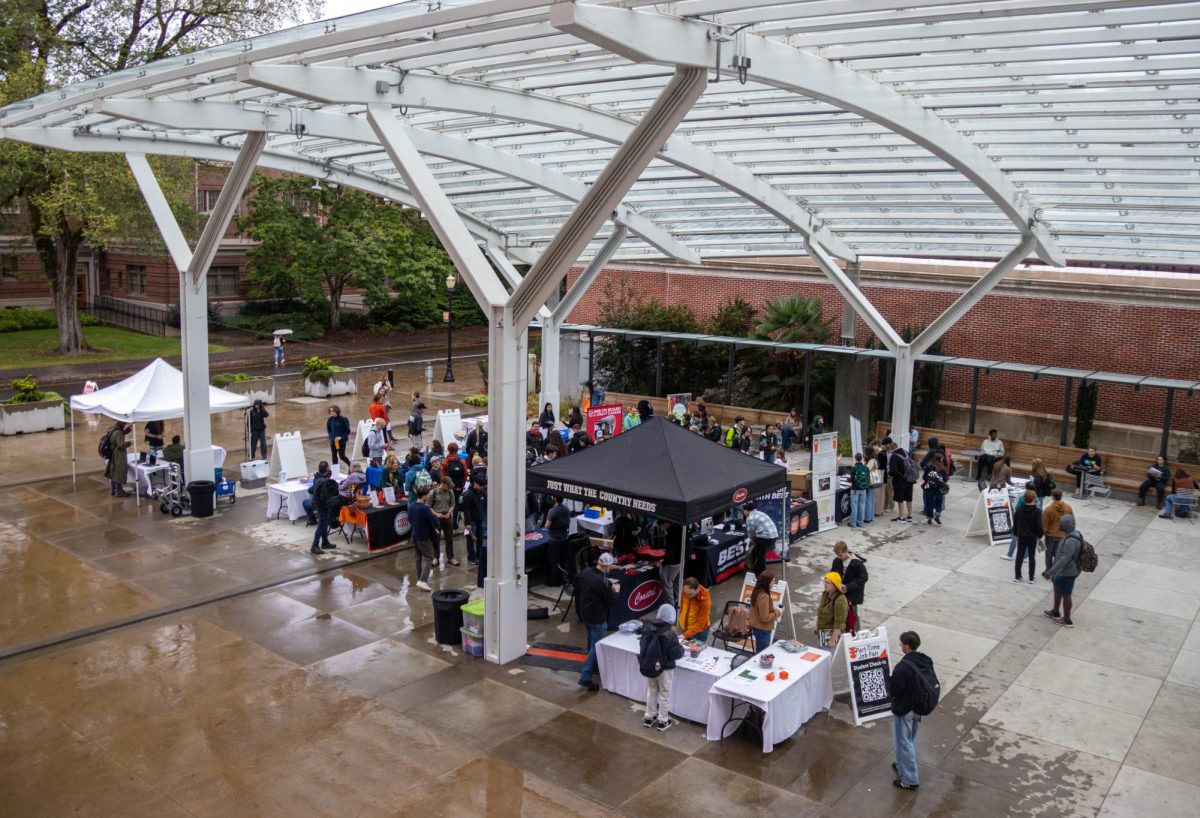Editor’s Note: This is an opinion piece and does not represent the opinion of Beaver’s Digest. This op-ed reflects the personal opinions of the writer.
Americans spent an estimated $25.8 billion dollars on their significant others for Valentine’s Day in 2024, according to a study by the National Retail Federation, conducted by Prosper Insights and Analytics.
This is up over $4 billion dollars from 10 years ago, marking a pointed increase in our spending on a holiday that is already extremely commercialized. But why do we spend so much? And should we?
I have found that — within my own romantic relationships at least — what matters most are the things that can’t be bought. It’s a cliche, but the memories, the shared experiences and the time we’ve spent together are truly the things that celebrate love.
And isn’t that what it’s all about?
It is a common sentiment that Valentine’s Day has become too commercialized, but hardly anyone seems to actually do anything about it. We still buy cards, chocolate, jewelry and expensive dates for our significant others. It’s a vicious cycle; we’re expected to break the bank for the day, so we do.
However, I don’t think this is something that we have to, or even should, do.
In “Discovering the history behind Valentine’s Day traditions,” a Beaver’s Digest article published last year, Beaver’s Digest contributor Sarah Murphy talked about the origins of the holiday, and how it wasn’t always this commercial.
According to Murphy’s article, the commercialization of the day began in the 19th century. Back then, love was celebrated largely with greeting cards. While tradition may not always be the best excuse to do things, in this case, I have to agree with the Victorians. Spending massive amounts of money isn’t a requirement.
The commercial nature of Valentine’s Day is an aspect of American consumerism, where the media and some long-standing traditions have convinced couples — and predominantly, men — that the only way to show love is to buy it.
According to a survey conducted by the University of Illinois, a number of men feel pressured to spend money on their significant others.
“Even men who did celebrate Valentine’s Day often felt manipulated into participating,” the survey results stated.
This creates a shallow, financially-costly image of love that feeds a cycle people are increasingly struggling to afford. We know love isn’t proportional to how big a bouquet of roses we buy, but we still see these incredible amounts of money people spend on Valentine’s Day each year.
Instead of spending so much money on gifts for our valentines, why don’t we make new traditions? Rather than taking your partner on an expensive date, do something you both love. Share a homemade dinner, take a day trip to the beach, buy a cheap bottle of wine and spend a night on the couch with that new show, movie or video game you’ve been wanting to try.
Nothing is totally free, but thinking in terms of memories and involving your partner feels more fitting to me than a Rusell Stover box of chocolates.
I value experiences over items, and would prefer to do something fun and exciting with my significant other, rather than receive gifts or go out for an overpriced dinner.
I’ll always remember the time my partner and I made an entire day out of just walking around the city he lived in and window shopping. The only money we spent that day was a fast-food lunch, and it is still one of my favorite memories of the early days of our relationship.
If we keep buying cards and teddy bears, the cycle will never end. The only way to de-commercialize this holiday is to take it into our own hands. We have power as consumers and if we see an issue, we can make an impact by refusing to give our money to the issue’s cause.
So, this Valentine’s Day, consider treating your loved ones to an experience rather than a gift. Create memories together and strengthen your relationships.












